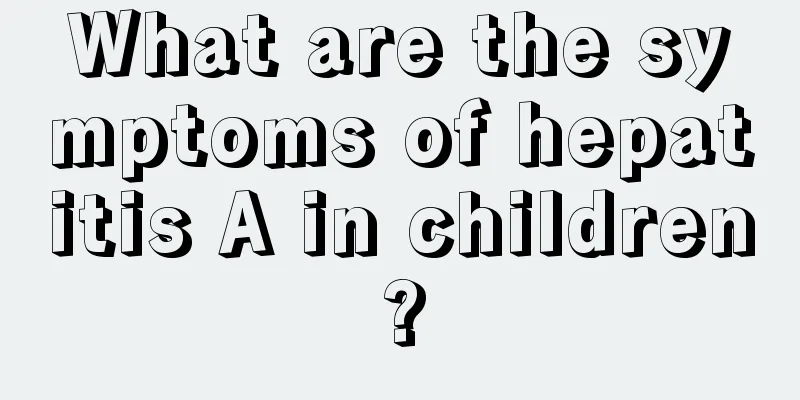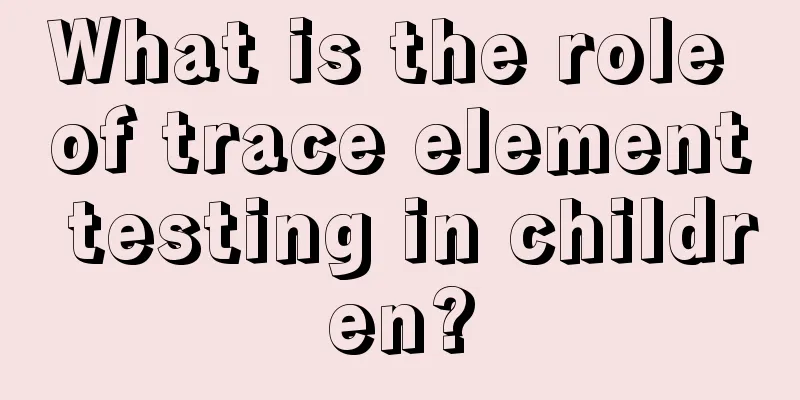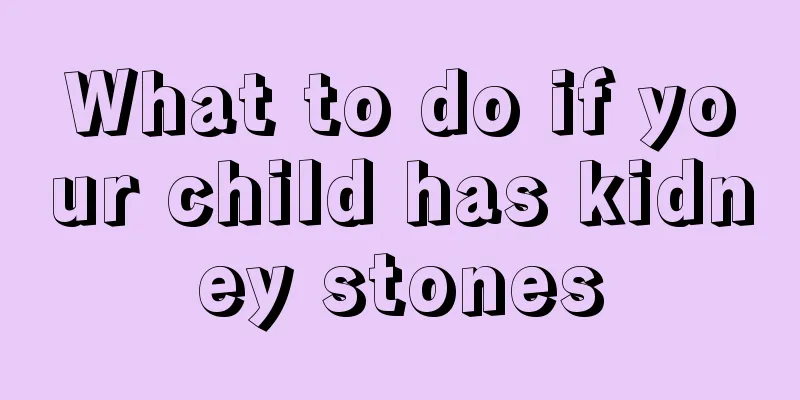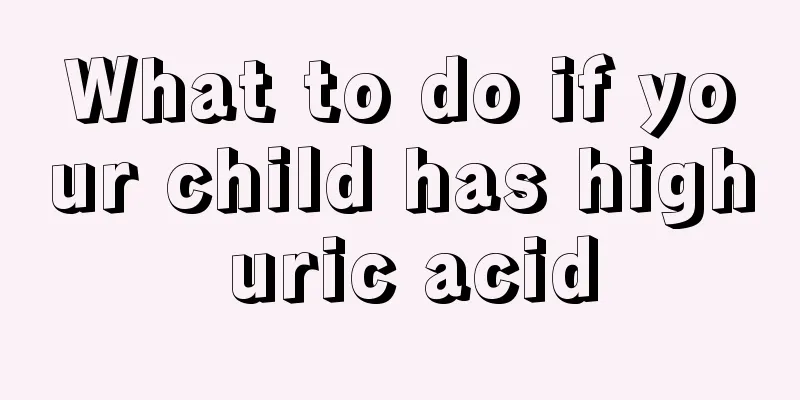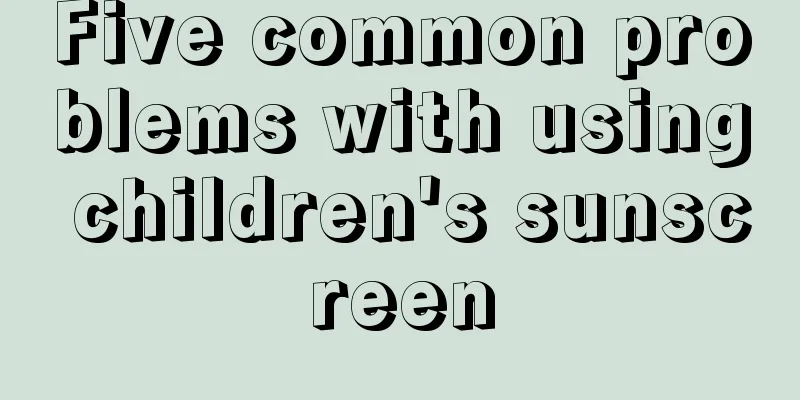Is it dangerous if the baby has a fever of 39 degrees?
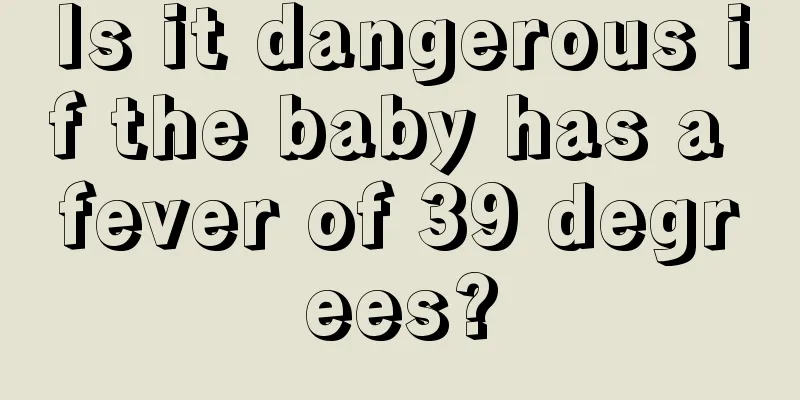
|
Everyone must be familiar with the disease of fever, because in life it is easy to develop a fever after catching a cold. In the most serious cases, the fever may reach 40 degrees, and the whole person seems to be completely unconscious. It is very scary, and even life-threatening if not treated in time. So the question is, in life, some babies have a fever of 39 degrees due to illness. Is this dangerous? Fever in children is very common. Generally, if the temperature is below 38.5℃, there is no need to go to the hospital and only home care is needed. When a child has a fever and the temperature is above 39 degrees, it is considered a high fever. Parents should take the child to see a doctor immediately and take timely antipyretic measures. A fever of 39 degrees is considered a high fever. Generally speaking, if the child's complexion is normal or flushed, he or she can be safely cared for at home; if the complexion is dull, yellow, blue, or purple, and the eyes are dull, it means that the condition is serious. When a child has a fever, parents should not blindly reduce the fever. Instead, they should go to the hospital to find out the cause of the fever and provide appropriate treatment based on the results. Because fever is a normal defense reaction of the body, colds, leukemia, and even other diseases can all show symptoms of fever. A high fever of 39 degrees is indeed serious, but most people mistakenly believe that a high fever that does not go away will damage the brain. In fact, whether high temperature can damage the brain is related to the temperature and duration. Only when the body temperature exceeds 42 degrees and lasts for a long time, the protein in the human body will begin to denature and cause direct damage to the brain! Most of the diseases that affect intelligence and brain development are meningitis or hypoxic encephalopathy caused by constant convulsions. These are all due to the course of the disease itself, not the temperature; and most of these diseases will have symptoms of persistent high fever (even if the temperature is below 42 degrees). This has led to the common misconception that high fever can damage the brain. The basic way to distinguish between the two is to observe the child's appetite and energy. In the case of serious infections such as meningitis or sepsis, children will have poor appetite and activity, become drowsy all the time, and may vomit if the intracranial pressure increases. Therefore, when a child has a fever, parents must "observe the child's words and expressions" and seek medical attention immediately if they find the above symptoms. |
<<: What should I do if my baby has a fever of 40 degrees?
>>: What should I do if my child’s fingers are swollen and hard?
Recommend
What to do if your one-year-old baby doesn't like to eat
When babies are young, there are many problems th...
What harm does camphor do to children?
Camphor balls are a commonly used item in daily l...
Can children eat watermelon when they have a cold?
When the seasons change, children are particularl...
How to treat children after appendectomy surgery?
Generally, parents think that their children will...
What are the possible causes of bruises on children?
Compared with adults, children are more likely to...
Causes and treatments for dandruff on baby's head
What is the situation when a baby has dandruff on...
What should I do if my newborn has one foot turned outward?
The shape of the feet is an important factor affe...
What is the reason for the red spots around the baby's belly button?
Clinically, there are many causes of red spots ar...
What should I do if my child has an incarcerated hernia?
When parents encounter hernia in their children, ...
Is respiratory distress syndrome hereditary?
Respiratory distress disorder is a disease that i...
Can children take a warm bath when they have a fever?
Children often experience fever during their grow...
What are the symptoms of myocarditis in children?
Pediatric myocarditis can usually include many sy...
What should I do if my baby hits his head and gets a bump?
What should I do if my baby hits his head and get...
White spots on the child's face
White spots are usually what we call vitiligo. So...
What are the reasons why full-month babies don’t like to sleep?
It is normal for babies to wake up many times dur...
